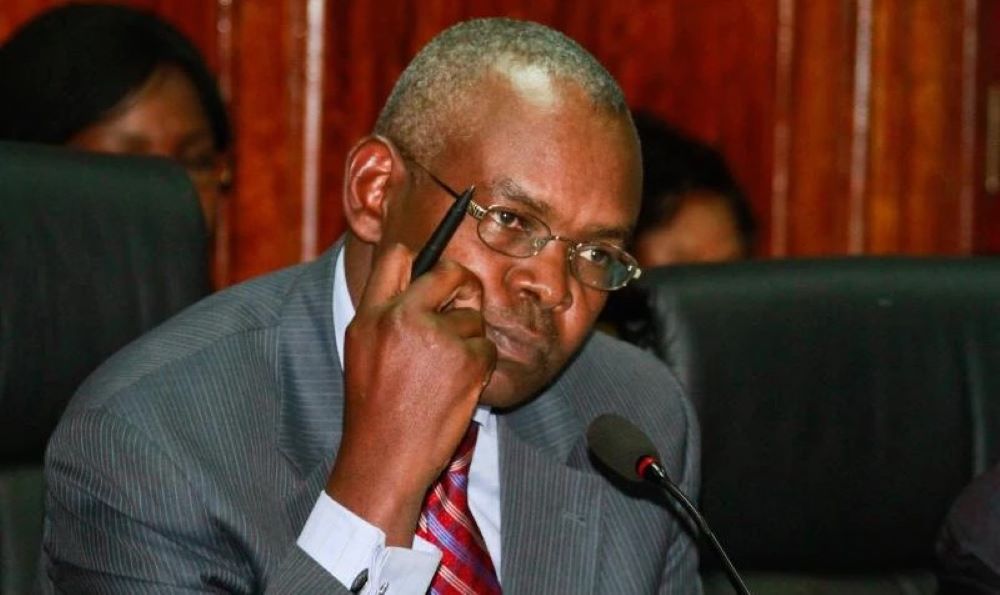(3minutes read)
The currency hit a new all-time low recently, at 150 shillings to the dollar, down 24% year-on-year as reported by www.trendsnafrica.com. In October 2018, one dollar was worth 100 shillings
The currency hit a new all-time low recently, at 150 shillings to the dollar, down 24% year-on-year as reported by www.trendsnafrica.com. In October 2018, one dollar was worth 100 shillings. Kenya’s Central Bank Governor said that the domestic currency, the shilling, which is trading at a historically low rate, has been overvalued for several years. The currency hit a new all-time low recently, at 150 shillings to the dollar, down 24% year-on-year as reported by www.trendsnafrica.com. In October 2018, one dollar was worth 100 shillings.
Thugge said that around five years ago, the International Monetary Fund and the World Bank considered the shilling to be between 20% and 25% overvalued. The Governor said that the country’s foreign exchange reserves cover less than four months of imports. This historically low exchange rate is due in particular to the strengthening of the US currency, partly as a result of high yields on US Treasury bonds.
This depreciation makes imports more expensive and adds to Kenya’s debt burden, which stood at more than 10,100 billion shillings (64.4 billion euros) at the end of June, according to Treasury figures, or around two-thirds of gross domestic product. Elected in August 2022, President William Ruto has introduced a series of tax hikes and new taxes designed to increase government revenue and restore the country’s room for manoeuvre.
Read Also:
https://trendsnafrica.com/kenyan-court-further-stays-sending-police-force-to-haiti/
But these measures are taking a heavy toll on purchasing power, generating incomprehension and discontent among the population, even though he had promised during the presidential campaign to ease the financial difficulties of the poorest Kenyans. The Kenyan economy was seriously shaken by COVID-19, followed by the shockwaves of the war in Ukraine and a historic drought in the Horn of Africa. Economic growth slowed to 4.8% last year, compared with 7.6% in 2021, and growth forecasts for 2023 are lower than for 2022.





